A shocking statistic reveals that 51% of universities don’t have an SEO plan. Mobile phones now drive 64% of all web traffic. Educational institutions face new challenges and opportunities in this fast-moving digital world.
Students now use voice search to find universities online. Voice searches contain about 29 words, while text searches are much shorter. Your current keyword strategy might miss vital opportunities. The number of voice assistants worldwide will reach 8.4 billion by 2025, up from 4.2 billion in 2020. Your institution just needs specialized support from an education SEO company that knows voice search optimization and higher education requirements.
Google’s Search Generative Experience (SGE) and other AI technologies add new complexities to higher education SEO. Gen Z and Millennials prefer social platforms to gather information. Your institution needs an SEO agency that can direct these technological changes and deliver clear results.
Here, we will show you advanced SEO services that will help your institution adapt. You’ll learn about voice search optimization, AI tool integration, and long-tail keyword strategies built for education.
Implementing AI Tools for Smarter Education SEO
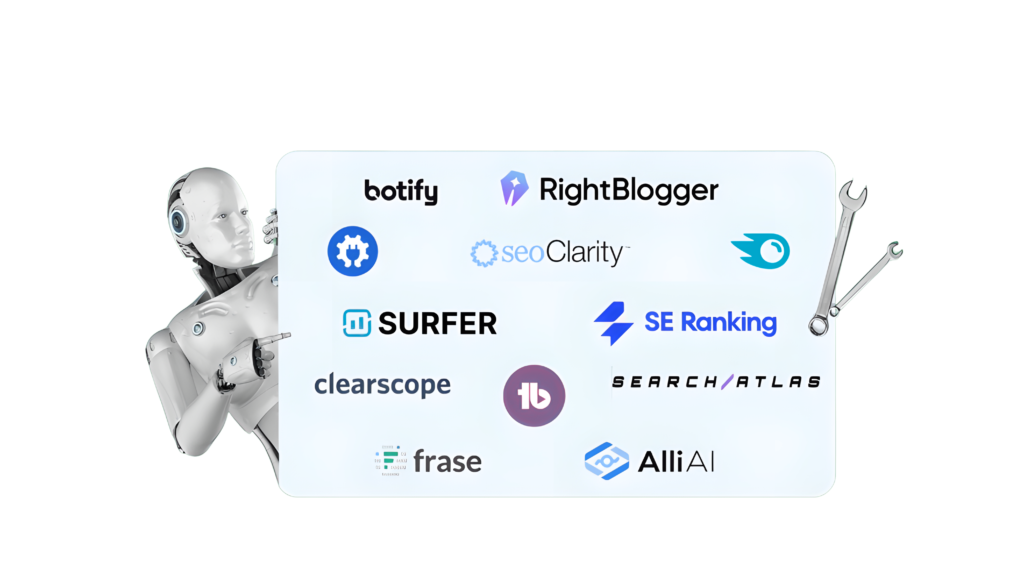
AI tools are changing the way educational institutions handle their SEO strategy. Schools that use AI-powered SEO tools report better website traffic and higher rankings for their program pages. A partnership with an SEO agency for education gives you access to advanced AI technologies that will change your digital presence while you retain control of your institution’s authentic voice.
Using SEO AI For Content Generation And SERP Analysis
AI SEO stands for Artificial Intelligence Search Engine Optimization. This technology uses machine learning to automate and personalize your SEO efforts, which improves your website’s visibility by a lot and makes searches more relevant. Educational institutions can now understand their prospective students’ search patterns better through AI.
AI analyzes big data sets to find relevant keywords for your program pages. It also helps you see how your content stacks up against competitors. This analysis shows why certain pages rank well and what steps you should take to outrank them.
Your content performance comes to life with AI tools. You can track metrics like:
- Organic traffic patterns across different program pages
- Bounce rates for specific content types
- Conversion rates for enrollment-focused pages
The technology also excels at SERP (Search Engine Results Page) analysis by showing how Google reads specific queries. This helps SEO for higher education by targeting actual questions from prospective students instead of generic keywords.
Avoiding Pitfalls Of AI-Generated Content In Education
AI brings great benefits but needs careful handling. Many organizations make the mistake of trusting AI-generated content too much without human review. Google has warned it might lower rankings if it spots unedited AI content.
Accuracy remains the biggest challenge. AI tools don’t have fact-checking systems built in, so they can’t spot false information on their own. This creates problems, especially when you have educational content that must be precise. To name just one example, AI might list outdated program details or wrong application deadlines without proper review.
These best practices will help you avoid problems:
Human editors should review all AI output before it goes live. Look for gaps in logic and inconsistencies that could hurt your institution’s credibility. It also helps to verify statistics and study citations since AI tools sometimes make up convincing but incorrect information.
Note that AI lacks cultural awareness and might repeat stereotypes. Educational institutions focused on diversity and inclusion should pay special attention here. Human oversight helps content line up with your values.
Lining Up With Google’s Search Generative Experience (SGE)
Google’s Search Generative Experience marks a big change in how students find information online. SGE (now called AI Overviews) uses a custom Gemini model to create AI-generated previews above traditional search results.
Education SEO companies must adapt to this change. Students who use SGE get answers to complex questions without visiting your website. This creates a “zero-click” environment where over 65% of searches end without a click to another web property.
Your content should showcase Experience, Expertise, Authoritativeness, and Trustworthiness (EEAT) to work well with SGE. This makes it more likely that your institution will appear as a source in AI-generated responses.
Clear subheadings should introduce concise, factual answers (40-60 words) to student questions. Schema markup (FAQ, HowTo, Q&A) helps Google understand your content better. You should also optimize for natural, long-tail keywords that match how students talk to AI search.
These strategies will help your institution succeed in an AI-driven search world while keeping the human touch that appeals to prospective students.
Optimizing For Voice Search In Higher Education
Voice search is changing how prospective students find educational institutions online faster. Your higher education website must adapt to this transformation in search behavior since over 1 billion voice searches happen monthly. Mobile queries through voice search now represent 20% of all searches, which shows much of potential student questions come this way.
Conversational Keyword Targeting For Voice Assistants
Students use voice searches differently than typed ones. Rather than typing “best MBA program NYC,” they ask questions like “Which university in New York has the best MBA program with international internships?” This basic difference means you need a new keyword strategy.
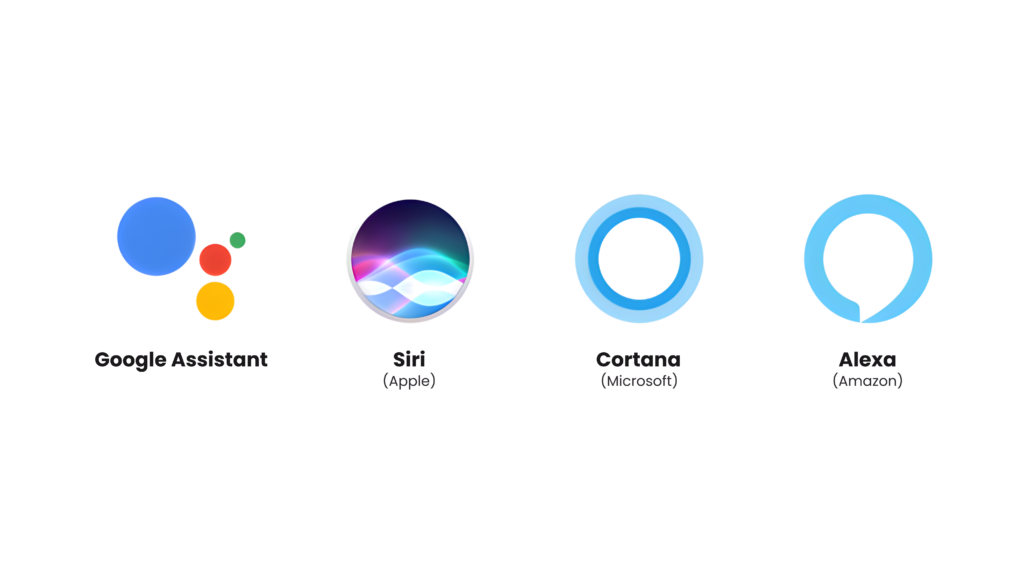
Natural language patterns that match how people talk should be your focus to capture these queries. Voice searches are 3-5 times longer than text-based ones, which makes long-tail keywords vital. You can use tools like AnswerThePublic to spot question-based phrases common in your field.
Different generations have unique search habits. Gen Z and Millennials prefer conversational, mobile-friendly queries. They will likely find your institution through voice search. Your target audience’s search behavior analysis becomes vital to create a voice search strategy that works.
Structuring Content To Answer Student Queries
Google sees mobile and voice interactions as “micro moments” when students use devices with specific intent—to know, go, do, or buy. Education SEO companies must create content that speaks to these moments directly.
Your website’s content should answer specific student questions with:
- Clear FAQ sections that address common student questions
- Concise answers (40-60 words) under descriptive headings
- Natural, conversational language throughout
- Simple vocabulary and readable sentences
Research shows voice search result pages usually have over 2,000 words of solid content. Notwithstanding that, your answers should be brief and clear because voice assistants prefer short, direct responses to questions.
Voice Search SEO Tools For Education Websites
These tools can help improve your SEO for higher education efforts for voice search:
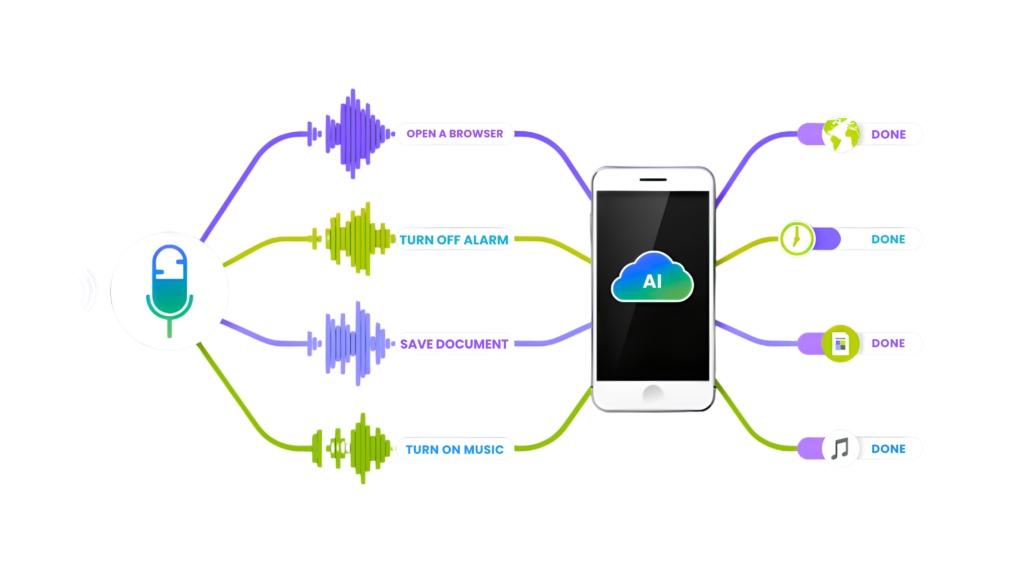
- SEMrush and Ahrefs: Spot conversational and question-based keywords for educational programs
- Google’s Keyword Planner: Find natural language patterns students use
- Schema Pro or Rank Math: Add structured data markup that helps search engines read your content
- Google Business Profile: Key for local voice searches like “colleges near me”
Schema markup can substantially improve your voice search visibility. Search engines use this structured data to understand your program’s details, campus locations, application deadlines, and events.
Working with an SEO agency for education that knows these voice search details helps position your institution to reach more prospective students who prefer speaking over typing when researching educational options.
Using Long-Tail Keywords to Capture Student Intent
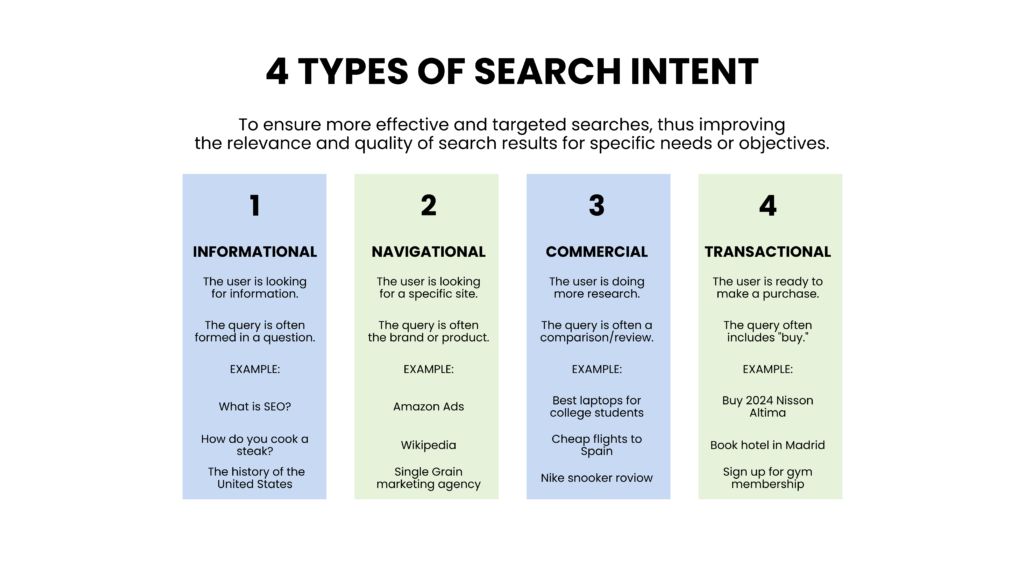
Long-tail keywords represent 70% of all online searches. Many educational institutions overlook these valuable phrases. These specific, multi-word queries show exactly what prospective students look for—with clearer intent than shorter, more competitive terms.
Identifying Long-tail Queries with AnswerThePublic
AnswerThePublic has become a powerful tool to find question-based search terms that potential students type into search engines. The tool analyzes autocomplete data from search engines. It organizes results into visual maps of questions, prepositions, and comparisons.
To use AnswerThePublic effectively:
- Start with a generic term like “MBA program” instead of specific phrases
- Review the visualization or data views to identify patterns in student questions
- Download results in CSV format to organize and analyze better
A real-world example shows that users who research MBA programs want to know about the degree’s value, program costs, and career outcomes. These analytical insights help you create content that addresses these specific concerns.
Incorporating Question-Based Phrases In Content
After identifying relevant questions, you should structure your content to provide clear, direct answers. This approach helps your education SEO company get featured snippets and improve voice search visibility.
Universities should answer common student questions briefly at the top of relevant pages to rank in the People Also Ask (PAA) section. Detailed explanations that encourage deeper involvement should follow. To name just one example, pages about “online MBA programs” should address questions like “Is an online MBA worth it?” early in the content.
Improving CTR With Specific, Intent-Driven Keywords
Short-tail keywords like “MBA” get high search volume but show vague intent. Students who search for “online MBA programs for working professionals” show they’re closer to making a decision.
Educational institutions benefit from long-tail keyword optimization in several ways:
- Higher conversion rates: Long-tail keywords convert better because they target users with specific needs
- Less competition: These phrases face fewer competitors than generic terms, making them easier to rank for
- Better alignment with search behavior: AI and voice search users increasingly use longer, conversational phrases
Long-tail keywords help you match prospective students’ search language. This strategy delivers relevant information right when they need it—matching their true search intent.
Video SEO Strategies for Student Engagement
Video content plays an increasingly vital role in capturing younger audiences’ attention. Market projections show a 4.81% increase in video advertising by 2028. Your educational content needs proper optimization to reach prospective students during their active search phase.
Optimizing Video Titles And Descriptions With Keywords
YouTube titles must stay under 60 characters to avoid search result truncation. Your primary keyword should appear near the title’s beginning to make the biggest impact. “Learn English Online: Best Methods for International Students” works better than “The Best Methods to Learn English Online” because of smart keyword placement.
Descriptions give you extra space to add keywords naturally. Search engines understand your content better with detailed descriptions of 200-350 words. The first few sentences should contain your main keywords since YouTube favors exact matches between search queries and content. The content should also have:
- Clear calls-to-action that boost viewer involvement
- Links that connect to your institution’s website
- Complete transcriptions that help with indexing
Choosing SEO-Friendly Platforms Like YouTube and TikTok
YouTube ranks as the world’s second-largest search engine, making it a vital part of your education SEO company strategy. YouTube videos make up over 94% of all video results in Google. Hosting your content there will boost your visibility substantially.
TikTok has become a vital platform to connect with Gen Z prospects. Nearly half of them now use TikTok or Instagram instead of Google to search for information. TikTok’s SEO potential grows when you add keywords to captions and voiceovers that match your chosen hashtags.
Embedding Videos To Increase Time-On-Site Metrics
Pages with videos keep visitors engaged 1.4x longer than those without. Your institution’s website can tap into the full potential of video embedding to improve engagement metrics like time-on-site. This enhancement positively affects your overall SEO for higher education results.

Video embedding lets you create dedicated pages with proper schema markup. Search engines get detailed information about your content through this structured data, which enhances search result appearance. Adding transcripts to embedded videos makes them more accessible and gives search engines extra content to index.
Why Choose Rankfast as Your Education SEO Company
SEO agency for education selection needs careful thought since your school’s online presence can make a big difference in student enrollment. Rankfast excels among competitors with expertise that caters specifically to educational institutions.
Custom SEO Strategies For Higher Education Institutions
Each university has its unique identity. Rankfast creates personalized SEO strategies that match your specific requirements rather than generic solutions. Their detailed approach has:
- Technical website audits that check content quality, meta tags, site speed, and market position
- Program-specific keyword research that draws qualified student prospects
- Content strategies that line up with your academic calendar to maximize results
Educational institutions see a 50-70% increase in organic traffic to program pages within the first year through this personalized approach.
Proven Results With Long-Tail And Voice Search Optimization
Voice search optimization gives schools a competitive edge in today’s education market. Rankfast creates voice-optimized solutions that help universities show up in conversational search results. Schools that use proper voice search strategies experience 30-40% growth in organic lead generation.
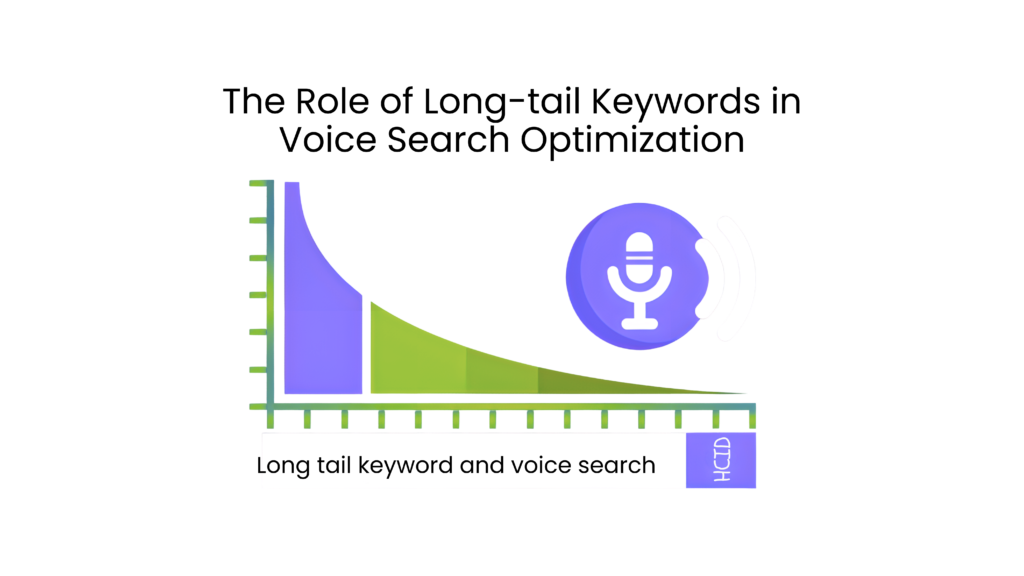
Integrated AI Tools And Local Seo Expertise
AI-powered analysis combined with local SEO knowledge is vital for educational institutions serving specific geographic areas. Rankfast’s team runs deep technical audits that boost page load speeds (often by 60%) and mobile performance (by 45%) through focused improvements.
Rankfast has helped its partners achieve first-page rankings for 80% of their online program keywords. This becomes especially valuable as virtual learning competition grows. Universities increase their program page conversions by 40% when program page optimization balances with strategic blog content.
Conclusion
The digital world keeps changing, and your educational institution must adapt its SEO strategy. Your marketing plan should now include voice search, AI technologies, and long-tail keywords. These are no longer optional extras.
This piece shows how AI tools can reshape your SEO efforts while you retain control of your institution’s authentic voice. On top of that, optimizing for voice search needs a move toward conversational keywords that match how future students talk.
Long-tail keywords work better for educational institutions. They capture what students want with less competition than basic terms. Video content is a great way to boost involvement, especially when you optimize it well on YouTube and TikTok.
Educational institutions can’t afford to ignore their online presence. Without solid SEO strategies, prospective students might never find your programs. These students now depend on voice assistants, AI search, and social platforms to gather information.
Talk to Rankfast today about how their education SEO services can help your institution grow in this ever-changing digital world. Remember, your future students are looking for you in new ways—they should be able to find you easily.
FAQs
Q1. How is voice search changing SEO for educational institutions?
Voice search is transforming SEO by emphasizing longer, more conversational queries. Educational institutions need to optimize for natural language patterns and focus on answering specific questions students might ask verbally.
Q2. What are the benefits of using long-tail keywords for education SEO?
Long-tail keywords offer higher conversion rates, face less competition, and better align with how students actually search. They allow institutions to target specific student intents and capture prospects further along in their decision journey.
Q3. How can AI tools improve SEO strategies for universities?
AI tools can analyze vast datasets to identify relevant keywords, provide real-time insights into content performance, and help with SERP analysis. However, human oversight is crucial to ensure accuracy and maintain an institution’s authentic voice.
Q4. Why is video content important for engaging prospective students?
Video content is increasingly popular among younger audiences. Properly optimized videos can improve engagement metrics like time-on-site, increase visibility in search results, and provide opportunities to reach students on platforms like YouTube and TikTok.
Q5. How does Google’s Search Generative Experience (SGE) impact education SEO?
SGE creates a “zero-click” environment where students can get answers without visiting websites. To adapt, institutions should focus on demonstrating expertise and trustworthiness in their content and structuring information to directly answer student questions.

Leave a Reply